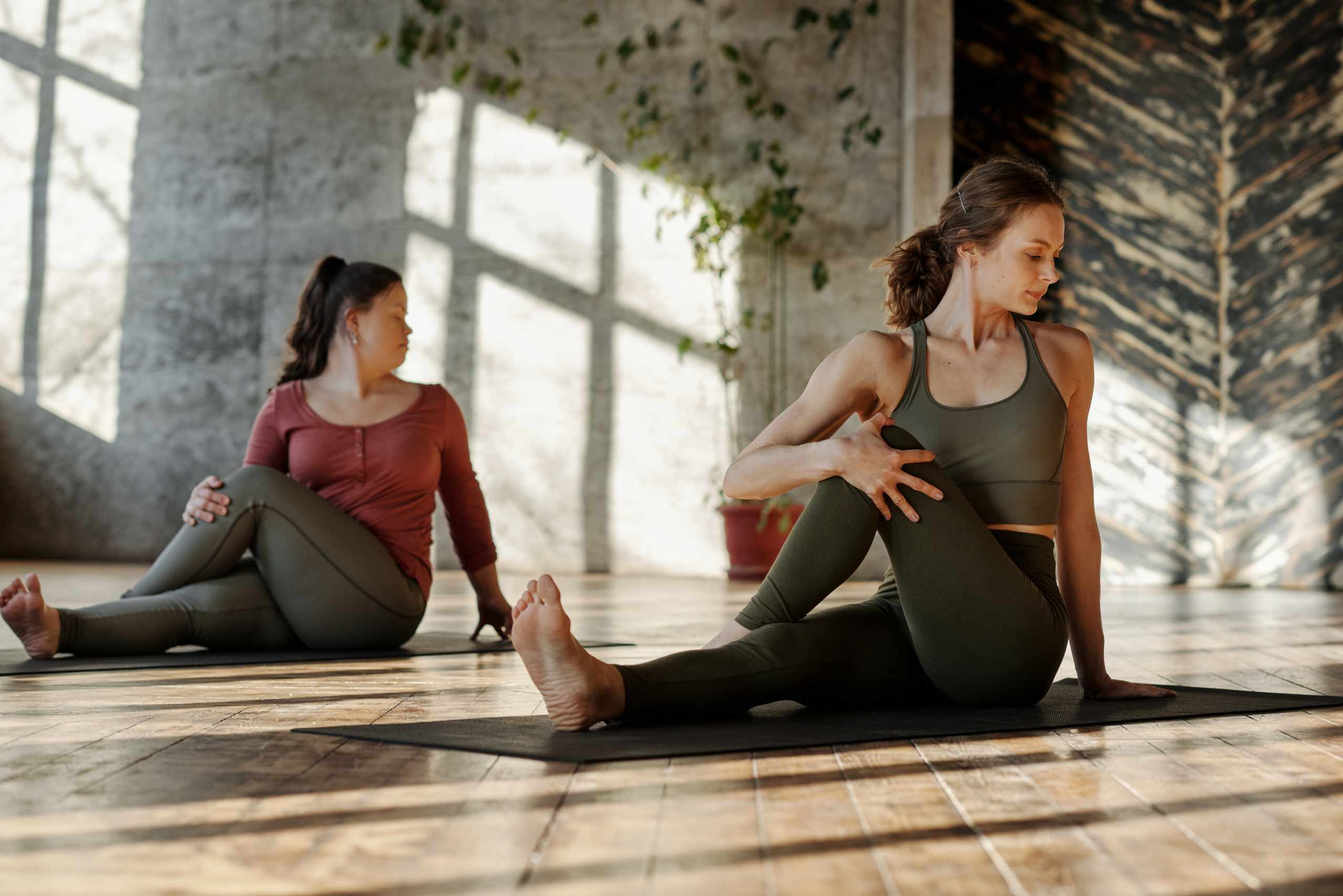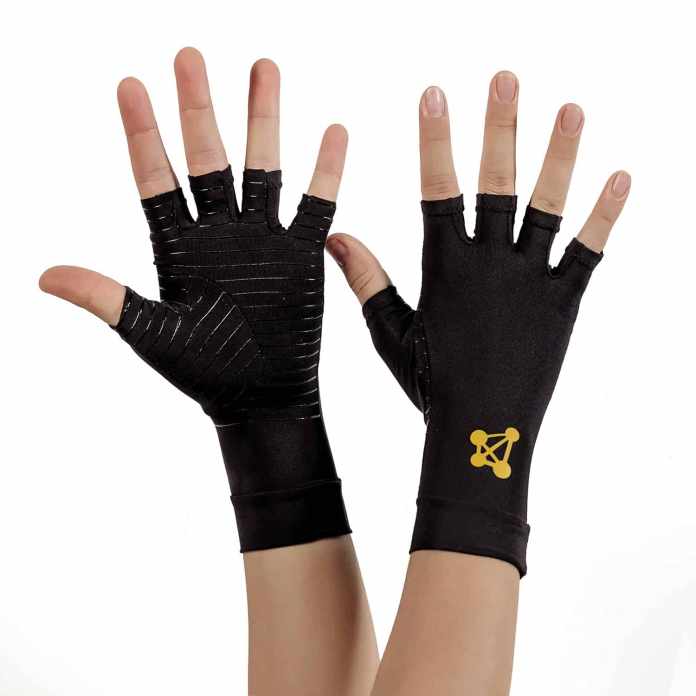Increase in arthritic mobility affects a large number of individuals and can be a debilitating condition that prevents many movements. By working with a trusted medical professional and adding in some of these tips, you can increase your mobility and reduce pain of arthritic mobility and inflammation safely so you can get back to the activities you love!
In the United States, approximately 23% of the population experiences pain, discomfort and arthritic mobility issues. There are differing forms of the disease that can often be debilitating. Osteoarthritis is caused by overuse and age, whereas rheumatoid arthritis is an inherited condition. Both can cause severe inflammation, pain and issues with moving joints and can cause problems with even the most basic of movements. While arthritis itself cannot be cured, there are many techniques to help improve arthritic mobility and decrease pain to help you stay active.
Typically the pain and discomfort that comes with arthritis leads sufferers to stop movements, decrease exercise efforts and depend on anti-inflammatory pain relievers. Medical professionals, however, strongly advise against the approach of decreased movement as this can actually increase the issues and pain in the long run. Instead, the medical community has researched a myriad of techniques that can help and movement is an important part of that. Add some specific movement recommendations and other complementary tools, and you’ve got a much better chance of enjoying all the activities you love doing.
Table of Contents
Range of motion exercises/stretches
Focusing on a full range of motion with all affected joints is crucial to continuing an active lifestyle with arthritis. The longer a joint is kept in an immobile position, or the longer a joint is ‘babied’ for fear of hurting it, the harder it is to generate full range of motion movements in that joint. Focusing on exercises that are easy on the joints but take the limb through a full range of motion can reduce pain and help with reducing inflammation as well. Regular, low impact stretching can be beneficial too for loosening up tight muscles around joints that are affected by arthritis. While staying still and inactive may be tempting for those suffering from arthritic pain, fight against that urge and go do some simple and dynamic stretching moves!
Yoga

Related to stretching, yoga takes it a step farther by integrating the moves into a flow routine with repetitions and the opportunity to sink even deeper into the stretch each time you go through the sequence. The beauty of yoga is the pure practice of it – there is no ‘perfect yoga’ practice so group yoga can be an environment where any fitness level feels safe working on yoga poses that help keep arthritic joints more flexible and mobile. With a certified yoga practitioner, you’ll also be able to get assistance and feedback on increasing the depth in which you stretch. Practicing yoga at home? Find a virtual class option so you can still get the benefit of feedback, at least until you really understand how to put your body in the different poses. Yoga also works to strengthen muscles as you hold positions.
And yoga works the whole body, so any affected joint, including the back and neck can benefit from the movement.
Strength training – use of resistance bands
While yoga works to provide some muscle strengthening, true resistance training with bands can be immensely beneficial to alleviating some of the discomfort that comes from arthritis. Free weights could be used too, but resistance bands have a major benefit over dumbbells. Bands are much gentler on the joints, which is exactly what we’re after when it comes to dealing with arthritis. The resistance on the muscles changes throughout the range of motion which puts less stress on the joints. The small amount of weight can also be beneficial to those who may not have great grip strength or who may have sensitive wrists because of arthritis. Start with light resistance and a short set of 10-12 reps and increase as you build strength.
Braces
Using braces, sleeves or splints to improve arthritic issues is multi-faceted. Often, those suffering from arthritis tend to hold their joints in a bent position which typically helps reduce pain. The downside to this practice is it can lead to the joints ‘locking’ in that position and reduces joint arthritic mobility. Arthritis in the hands, for example, can lead to individuals holding their fingers in loose fists but that can inhibit good mobility and can actually cause the finger joints to remain in the bent position permanently. The best finger brace can encourage straightening of the fingers to promote better blood flow and mobility down the road. It can also inhibit cartilage deterioration as well.
Copaiba Oil
Copaiba is an oil derived from a tree resin, and has been used for centuries as an anti-inflammatory and pain reducing aid. Research on the efficacy is mixed – you can find a wide variety of sources promoting it as a miracle product and many sources that argue that it simply works in a placebo capacity. While the jury may be still out, it is an inexpensive oil that is worth trying. The oil is promoted to work on pain receptors, and acts on the body to help reduce the inflammation, specifically arthritic inflammation. It can be applied topically or taken orally as well.
Hydrotherapy/float therapy/water aerobics/swimming
Therapies and exercise done in a body of water work well for those with arthritis because the water help take some of the body weight, aiding in making movements that are less stressful on the body. Water aerobics can be a good option for those looking for some cardio exercise but need the added benefit that water support offers. Simply swimming laps is highly effective and great for loosening up tight joints (not to mention being great exercise!), but other water therapies can help too. The relaxation from float/hydrotherapy can be a great tool to regularly add to a treatment plan.
Nutrition – changing diet to promote weight loss and discourage weight gain
Working toward a healthier weight should always be the goal for anyone, but particularly for those affected by arthritis. The closer to ideal weight an individual is, the more stress will be reduced on the joints. Exercise is crucial to weight loss, but focusing on healthy nutrition is just as important. Following a balanced diet rich in lean proteins, complex carbs, plenty of vegetables and lots of water will go a long way in helping the individual with arthritic discomfort. Meeting with a nutritionist or a dietician to ensure that you’re not overeating for your body size and type can be very helpful too, especially if you’re unsure about what a ‘balanced diet’ looks like (and honestly, most folks could use some professional help when it comes to figuring out a healthy nutrition plan!).
Get moving, safely!
Arthritis can be a debilitating condition that affects so many facets of life. With a focus on healthy movement, some complementary health treatments, healthy nutrition and advice from a trust medical professional, arthritic mobility does NOT have to rule your life.



















